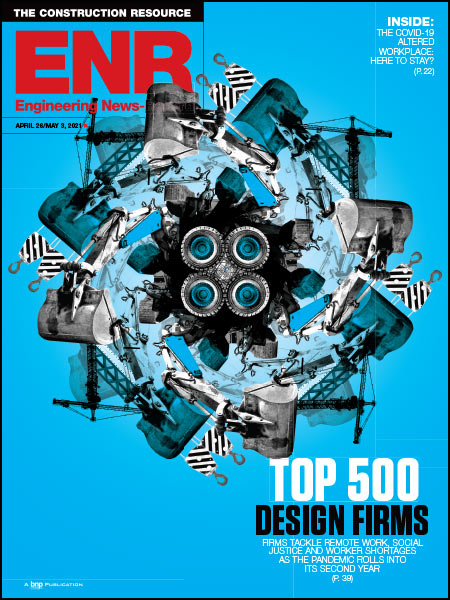As a society, we’re good about setting some big goals. Putting a man on the moon, developing an information superhighway, cutting carbon emissions as a means to combat climate change-these are laudable and in the case of the first two, already achieved.
But what we sometimes forget is that these “big” goals are only achieved through slow, hard work and a series of intermediate steps, without which, we’d never have made it. In the case of climate change, the fact that buildings generate 40 percent of U.S. carbon dioxide emissions means we simply won’t succeed unless we dramatically improve the energy performance of buildings. An important step will be to address the bread-and-butter rules governing how buildings are designed and constructed: building codes.
Long the turf of bureaucrats, energy building codes will play a key role in the fight against climate change. Every three years, a group called the International Code Council (ICC) updates building energy codes and releases its “model” energy code to the world. Model codes are either adopted wholesale by states and local jurisdictions, or used as guidelines for local codes.
The ICC is currently hard at work on updates to model energy codes for release in 2012, and three national organizations, New Buildings Institute (NBI), the American Institute of Architects (AIA), and the U.S. Department of Energy (DOE), have jointly proposed comprehensive changes that would result in commercial buildings that are up to 30% more efficient than today’s standards. Creating minimum standards that require this level of efficiency is practical and feasible.
Our 2012 IECC proposal is based on a simple set of measures outlined in NBI’s Core Performance Guide. These energy efficiency strategies are not rocket science. They are tried-and-true techniques, with demonstrated energy savings, that are within the technical reach of every design or construction team--big or small. Core Performance measures employ “state-of-the-shelf” equipment that is readily available across the country.
A number of electric utilities are already encouraging building owners and architects to apply Core Performance. The state of Massachusetts has adopted Core Performance as a “stretch code,” which means cities in that state can use it to push building efficiency beyond current levels.
So exactly what strategies are we talking about? Some of the straightforward and common efficiency measures include: better techniques for sealing and insulating the building, higher specifications for HVAC equipment, more energy-efficient lighting technologies, better windows and options for renewable resources like solar panels. And these measures pay.
When Addison County in Vermont built its new Counseling Services facility it applied Core Performance strategies in order to reap energy and cost savings. The lighting features alone account for a savings of $3,150 per year.
The Brooks School in North Andover, Massachusetts, cut the heating and cooling requirements of the HVAC system in its new science building by carefully considering the wall construction and window assemblies. Slab insulation as well as above-grade walls and roofs specified in the Core Performance Guide helped the building reduce energy use by 32%.
In addition to financial benefits for specific buildings, higher energy efficiency standards provide opportunities for suppliers and manufacturers of products that are used in those buildings. Markets expand spurring innovation and economic growth.
A market already moving towards efficiency--and not Some ask, “Why a mandate when it’s clear that the green building market is growing?” While it’s true that some building owners and developers are pursuing a business model with benefits including lower energy bills, better leasing rates, higher values and increased productivity of occupants, they are still less than 10% of the market.
The majority of buildings are not reaching their energy efficiency potential. Buildings that may last a hundred years are being built with features that will doom their energy performance for generations because the market is not taking up these efficient practices as fast as it could. However, an improved code turns all these high-performance features into widespread, common practice, and delivers them less expensively for all.
The proposal that NBI, AIA and DOE have put “on the table” represents an unprecedented step in commercial building energy efficiency codes. Despite the significant scope of the proposed changes, the proposal has great momentum because the industry is ready, the economics are clear, and the policy-makers are demanding it. Let’s act as if our climate depended on it.


Post a comment to this article
Report Abusive Comment